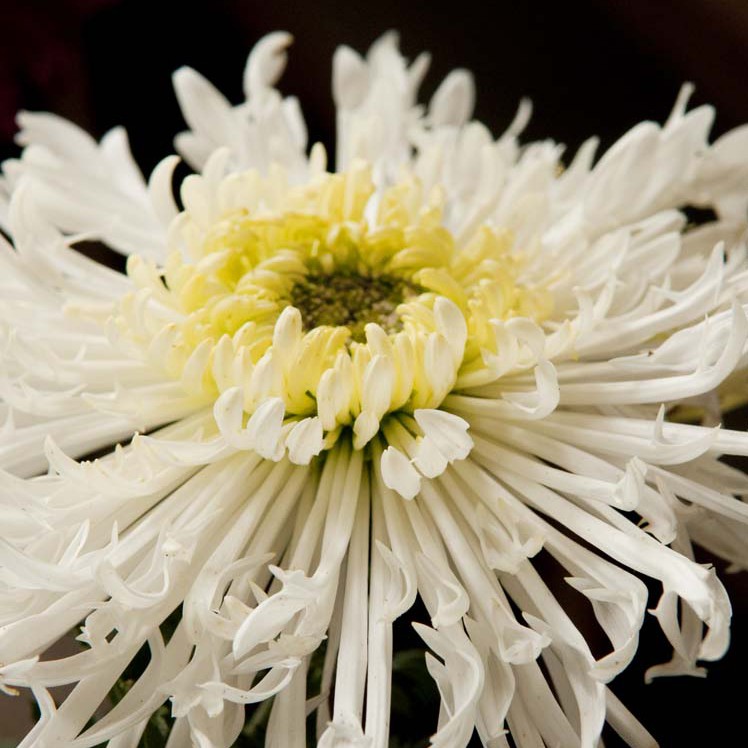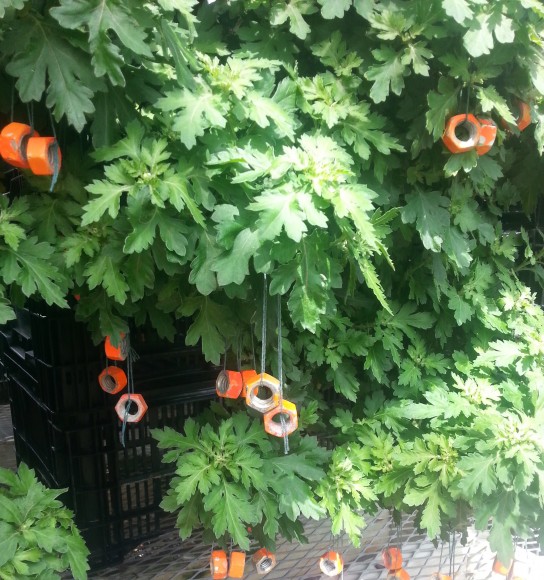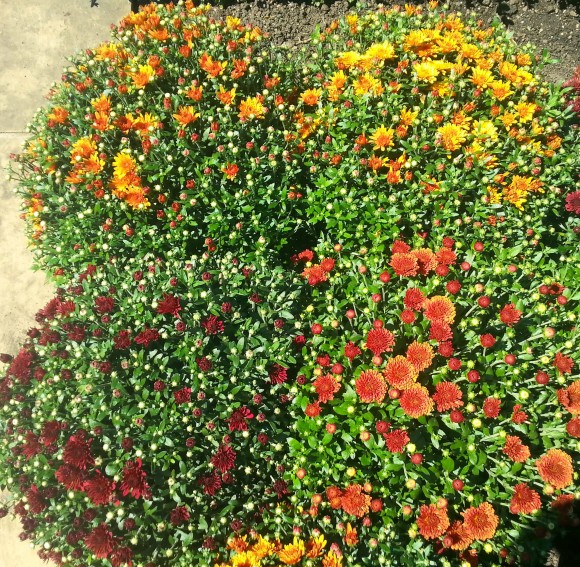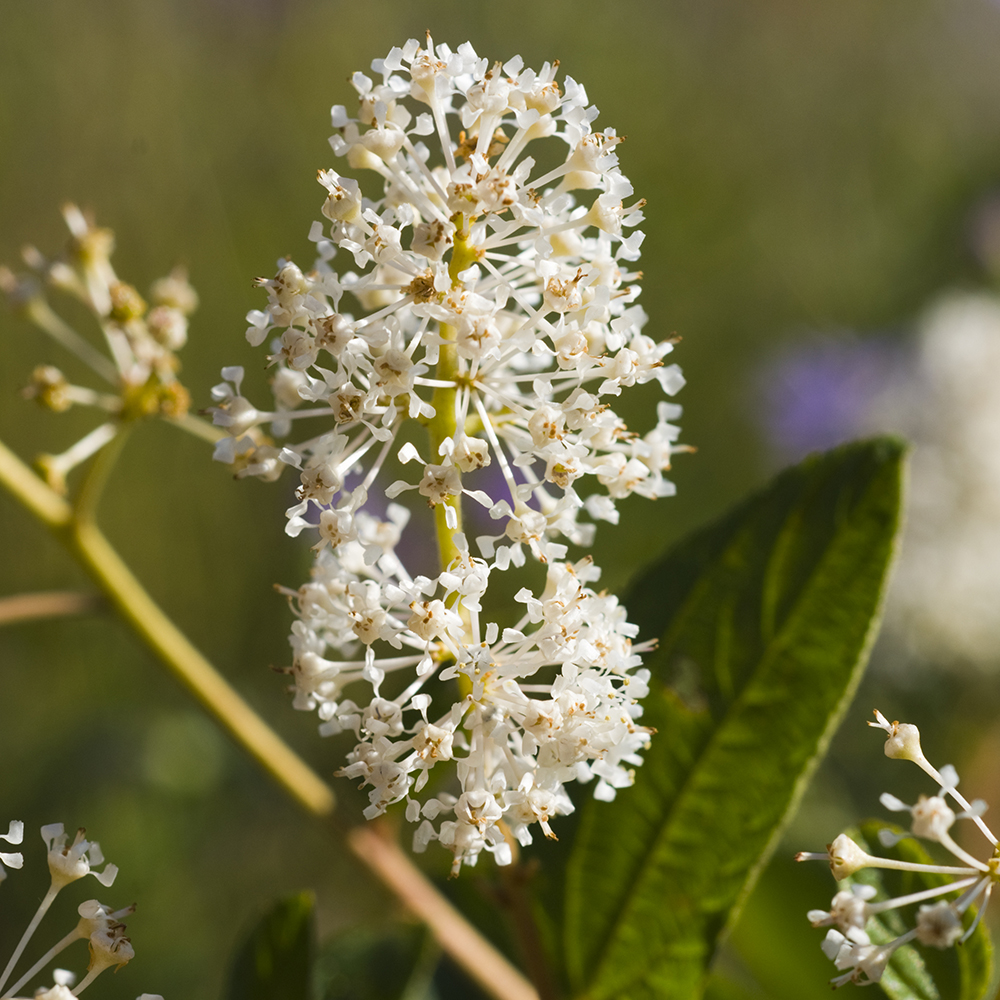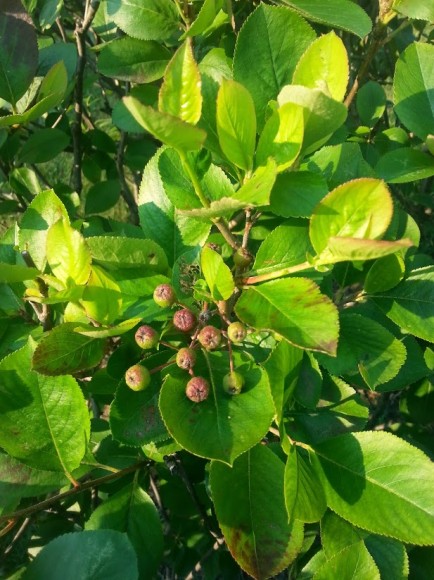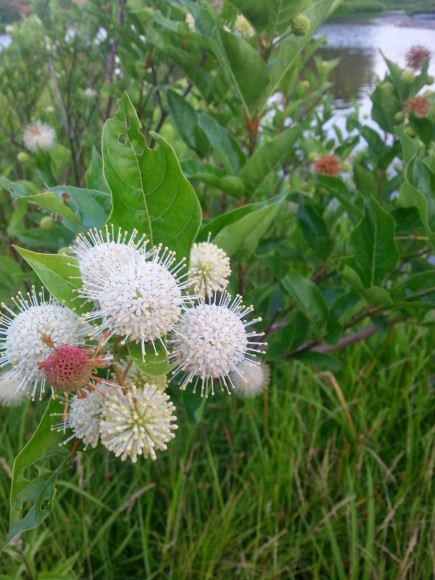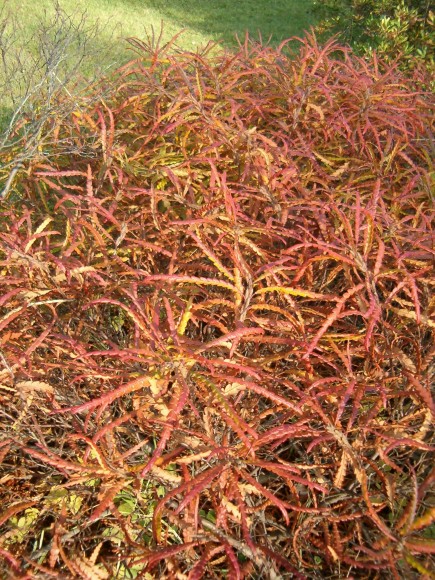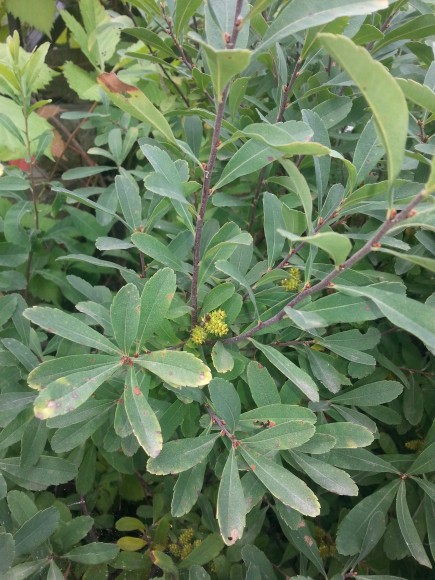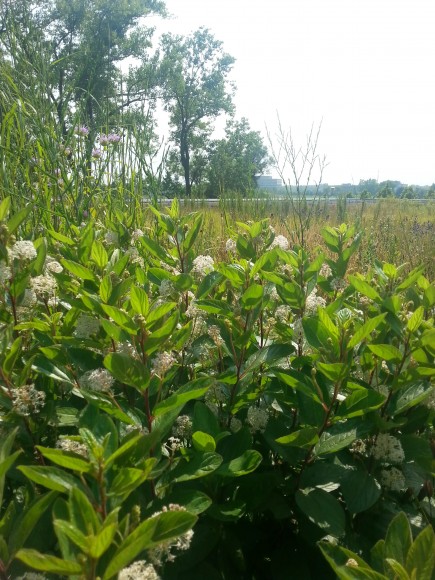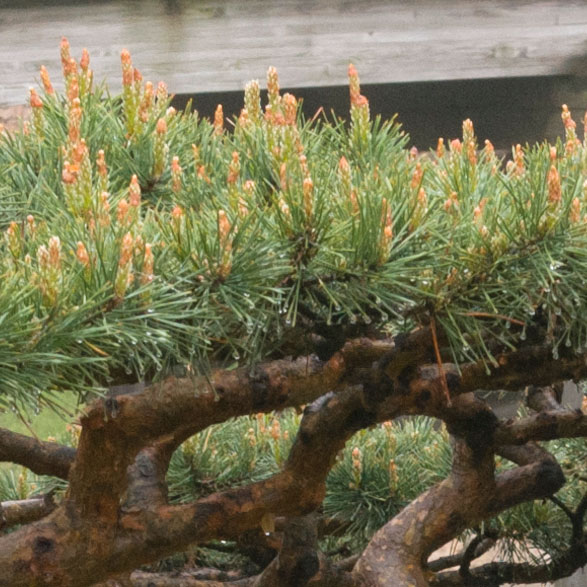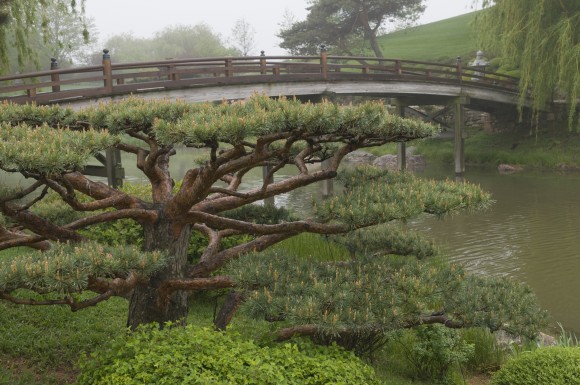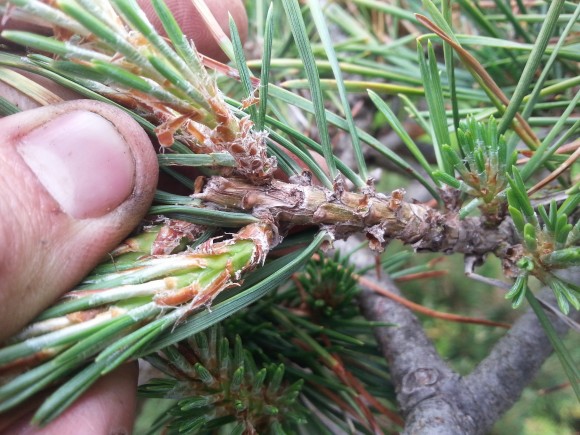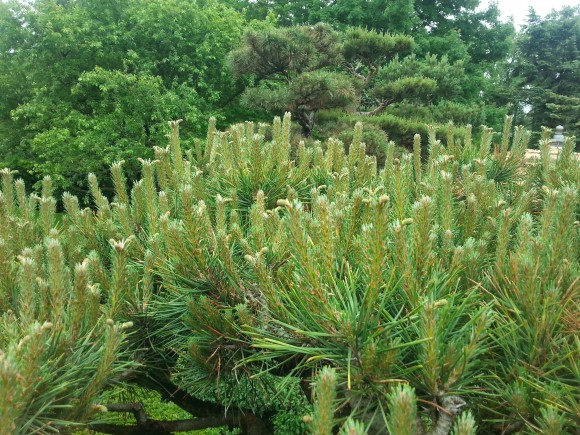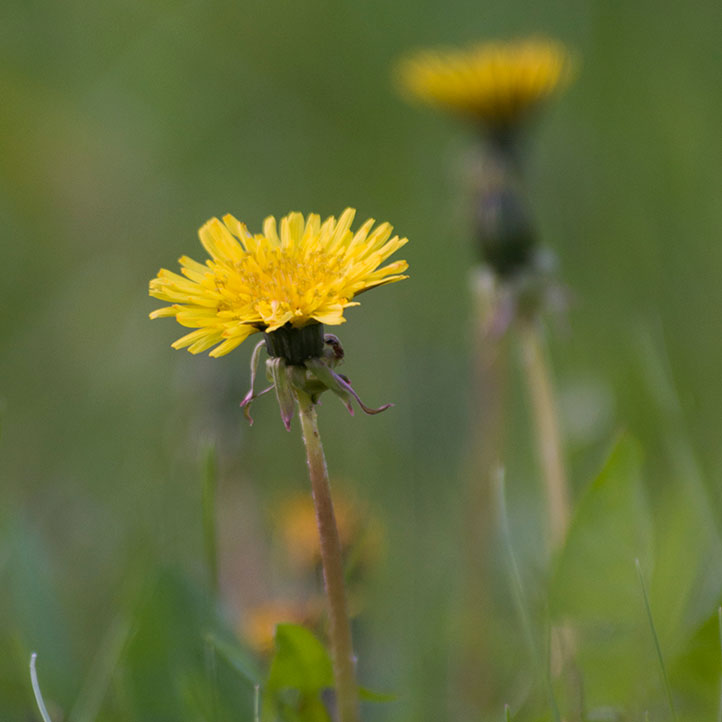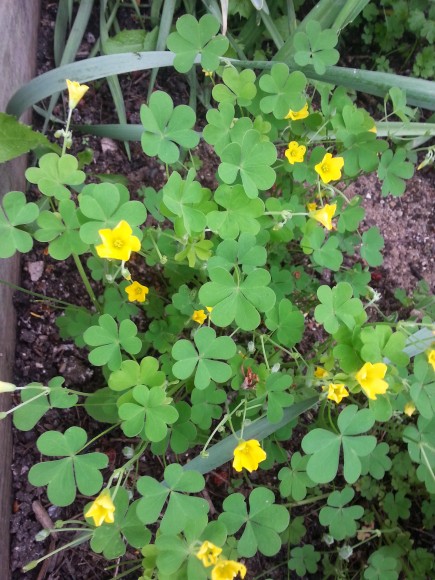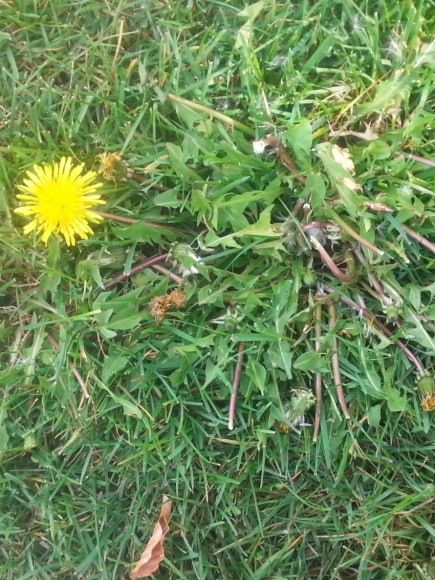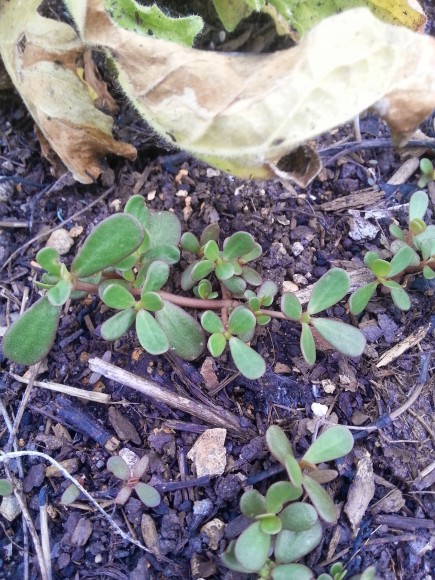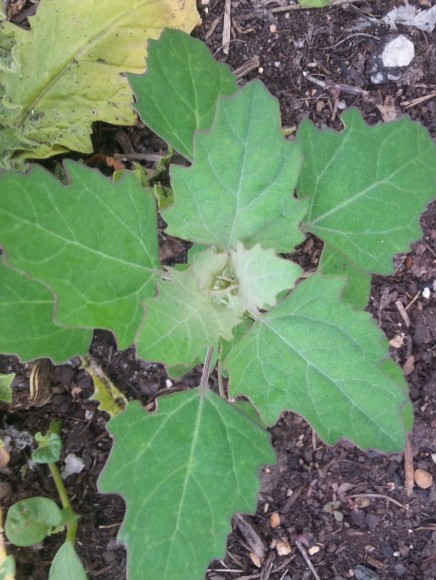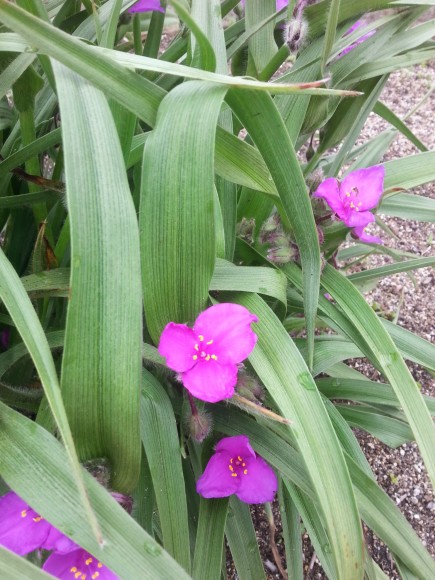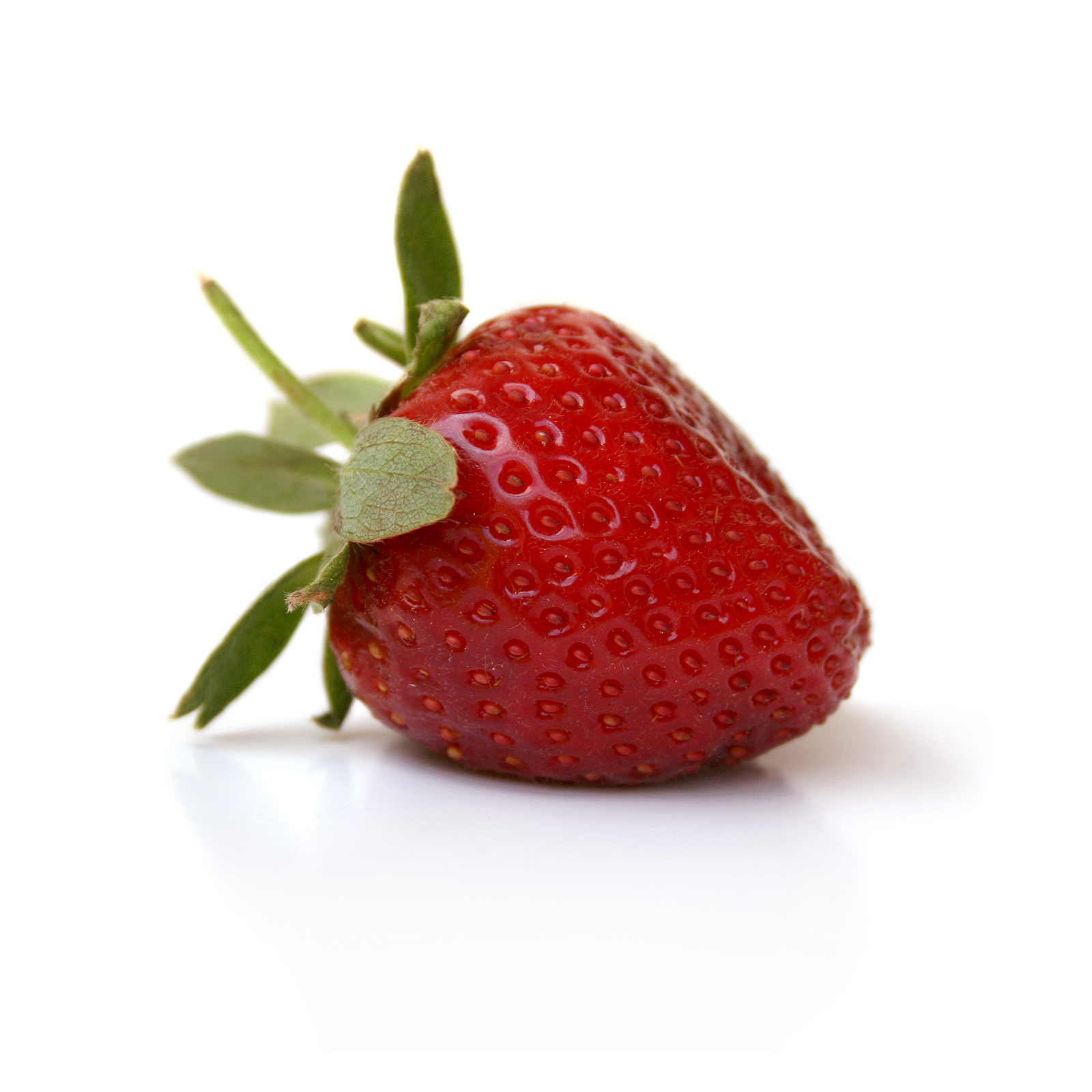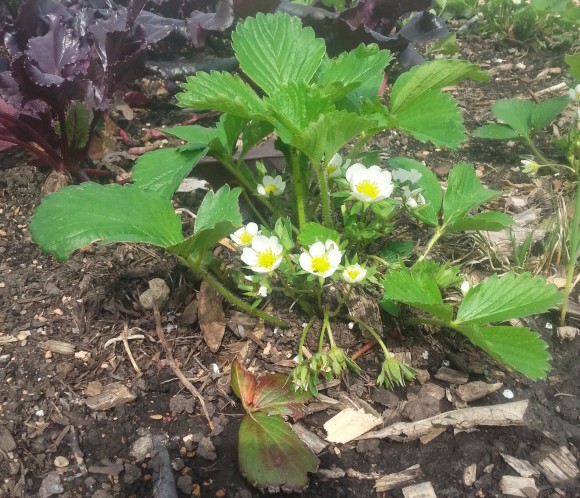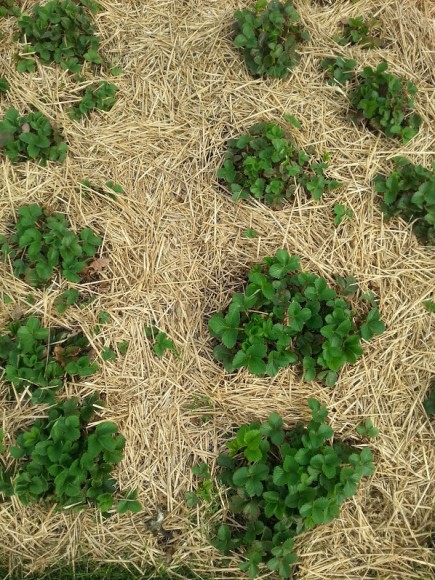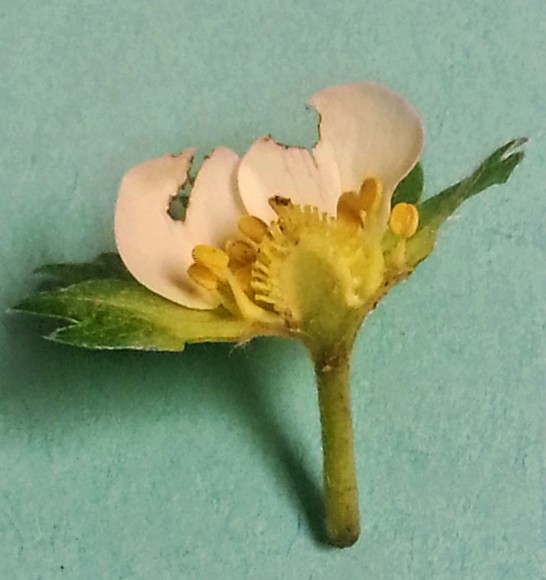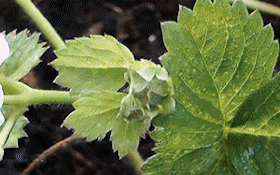You’re in a small suburban downtown in early autumn. The sun hangs low in the twilight sky. The crisp, cold air carries the rich perfume of straw, touched with pumpkin spice and apples.You pull your arms close to your body and cradle a warm drink between your hands. Polyester witches hover over pumpkin-laden lamp posts. Planters overflow with chrysanthemums in assorted colors of bronze, gold, white, and red.
Chrysanthemums, also called “mums” or “chrysanths” have always felt to me like old American flowers. This was the kind of plant that grandmothers flocked to the nursery for, just before the leaves began to turn, as if there were some prehistoric trigger deep in the mind. As traditionally American as they may seem, the chrysanthemum is actually a Chinese immigrant.
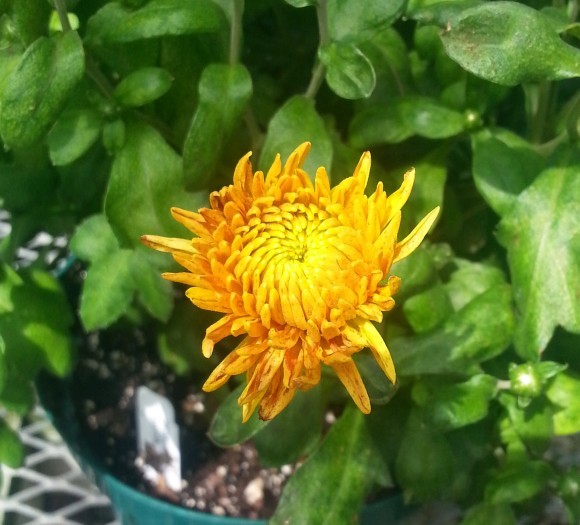
Cultivated as an herb in China for more than 3,500 years, the chrysanthemum represents nobility and is considered one of the four gentlemen: the pure and defiant recluse that represents fall. For a long time, the flowers were only permitted to be grown by nobility, later becoming the badge for the old Chinese army.
Chrysanthemum seeds passed through Korea and arrived in Japan sometime around the fourth century. In 910 C.E., Japan held its first Imperial Chrysanthemum Show and soon after, this became the national flower and the imperial seal of Japan, or “mon” of the imperial family. At the Festival of Happiness and Nihonmatsu Chrysanthemum Dolls Exhibition celebrations in Japan, plants are sculpted to cascade, form trees, and even form outfits for life-sized dolls.

In 1688, chrysanthemums crept into Europe. The reception was not warm. It wasn’t until 1843 when Robert Fortune, funded by the Royal Horticultural Society, set out in search of hardy chrysanthemums from China. Within a few years, the plant experienced a popularity boom, especially in France. In contemporary Europe, countries such as France, Poland, and Spain regard certain types of chrysanthemum as a symbol of death and mourning. It is a cultural taboo in some of these areas to provide them as a gift.
Though chrysanthemums arrived in the United States more than 100 years after their arrival in Europe, their popularity exploded at about the same time. In 1900, the Chrysanthemum Society of America formed and the first exhibition appeared at the Art Institute of Chicago in November of 1902. It has since become a fall classic in America.
Classification and Breeding
The very first mums to be classified were yellow to gold in color (the name comes from the greek words “khrusos” for gold and “anthemon” for flower). Thirteen classes of chrysanthemum in nearly every color (except blue and black) make up the thousands of chrysanthemums that have been bred over the years. Chrysanthemums are classified as irregular incurve, reflex, regular incurve, decorative, intermediate incurve, pompon, single and semi-double, anemone, spoon, quill, spider, brush or thistle, and unclassified or exotic. For a full list with descriptions and pictures, visit www.mums.org/chrysanthemum-classes/.
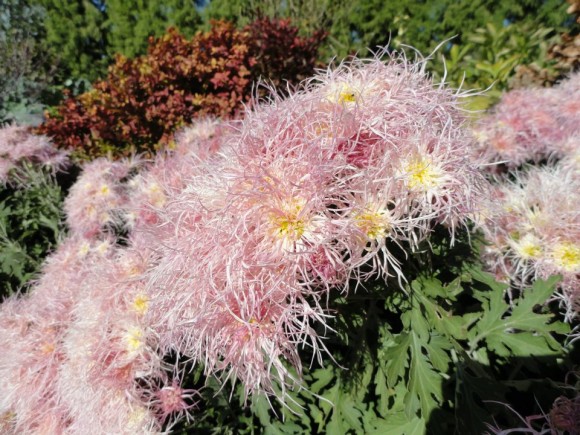
Chrysanthemums at the Chicago Botanic Garden
As gardeners know, the emergence of flower buds is an exciting event. At the Garden, we drum up the same excitement by using dark cloth to omit light and simulate short day conditions, which triggers the flowering of chrysanthemums. If the summer is typical and you time it right, you will have flowers right when you want them. With an atypically cool summer this year, they received just the encouragement they needed to flower early. That means that if you’ve been to the Garden in the past few days you’ve likely seen the more than 1,600 mums that we planted in the Crescent and the cascading mums descending from the hayracks over the visitor center bridge!
This year, our wonderful production staff grew 50 cultivars of mums, starting in February, to produce more than 12,000 mums for fall displays! Tim Pollak, outdoor floriculturist, oversees the growing, training, and care of the mums from February until they enter the gardens in September.
Did you ever wonder how we get our mums to look the way they do? Good watering practices, fertilizer, disease management, pinching and…nuts?
To train our cascading mums, we attach hex nuts that act as weights to hold down the stems as they grow and harden. This is done weekly by two staff members from February until late August, amounting to more than 400 person-hours from this activity alone!
The mum ball containers you’ll find in the Crescent are the result of the four other techniques used to make our mums look good. Each container contains 18 to 60 plants that are pinched twice a year to obtain those enormous colorful balls!
When you visit, make sure to visit the Elizabeth Hubert Malott Japanese Garden to see the cascading mums, a tradition that has endured for more than twenty-five years!
Also, keep an eye out for mums in the Circle, Sensory, and English Walled Gardens, as well as a new fall feature in the Heritage Garden.
Grow Your Own
Fall planted mums rarely survive winter because their root systems aren’t well developed. Start with healthy, hardy mums in spring, after danger of frost has passed. Plant them somewhere that they’ll get at least three hours of sun. If you want bushier mums, pinch once in early June and later in mid-July. The later you pinch mums, the later they flower, so if you have a cool summer and want later mums, give an extra pinch in the beginning to middle of August. If you wish to fertilize, one to three times throughout the season will be enough for most mums. As for which mum to plant? Tim Pollak suggests the Igloo series.
©2014 Chicago Botanic Garden and my.chicagobotanic.org

